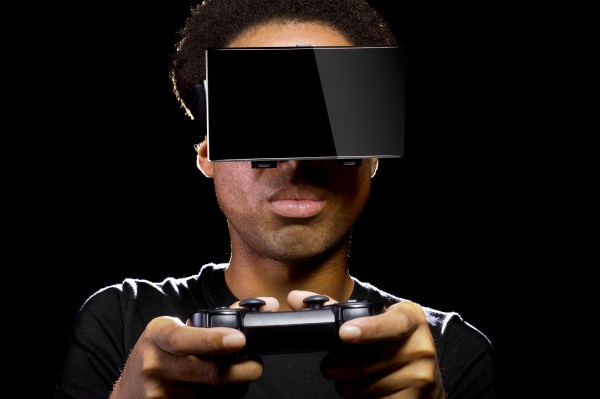The concept of virtual reality (VR) has been around for several decades. Largely ignored by mainstream computing until about four years ago, VR technology has leapt to computing’s center stage — largely kick-started by an investment from Facebook — and is now poised to make an industry transforming impact.
The development process for VR has been accompanied by dramatic technology advances and, sometimes, frustrating technology retreats. This erratic development rhythm has caused some to question whether or not VR is actually going to happen any time soon — and others to wonder if VR is ever going to become “real.”
With final production versions of VR hardware and software being readied for market launch, it is now clear that the market is rapidly approaching a cusp, a tipping-point of transition now occurring as VR technologies reach a critical mass of functionality, reliability, ease-of-use, affordability and availability.
2016 will be the year of VR; VR headsets and VR-capable hardware and software will be readily available to the public in 2016, and people will begin to experience VR and explore its near-endless potential.
We are already seeing evidence of this. Movie studios are partnering with VR vendors to bring content to market. News organizations are similarly working with VR companies to bring immersive experiences of news directly into the home, including live events. The stage is set for broad adoption of VR.
Virtual Reality By The Numbers
Take a quick look at the facts influencing VR. While movies and news are quickly ramping up, the PC gaming market is the epicenter of VR development. Jon Peddie Research estimates the PC gaming market will tip $21.5 billion in 2015, with close to 100 million enthusiasts and performance PC gamers alone. The number of active users on Steam has already hit a new record of 125 million. Power-user PC gamers focus on mid-to-high-end PC builds and upgrades more suitable for VR computing.
Oculus-ready PCs capable of seamless VR headset operation will likely be available. VR headsets will typically be running at high-definition 1080p resolution at 90Hz, and will require high-end graphics card for an enjoyable VR experience. The total price for the VR-capable PC with the graphics card: ~$1,000, a price that could trigger significant demand.
The stage is set for broad adoption of virtual reality.
Another key development is the recent introduction of Windows 10. Windows 10 will make it easy to set up and have an incredible VR gaming experience. Microsoft’s free upgrade program has been extremely successful, with Windows 10 installed on more than 110 million devices since it was released on July 29th; the company’s goal is to reach 1 billion Windows 10 devices by 2018. There are now more than 200,000 registered Oculus Developer Center users, and VR content has been announced by Microsoft (Minecraft), Netflix, 20th Century Fox, CNN and many others.
What does this tell us about VR’s prospects for 2016? It tells us VR technology is ready, the PC platform is ready and legions of content developers are creating software aimed at changing the world. But is the market ready for VR?
The VR Adoption “Bell Curve”
Customer acceptance and adoption of VR technology will likely resemble the “bell curve” describing many other technology rollouts, with a tiny percentage of early enthusiasts, the “early adopters,” growing into a massive swell of mainstream adoption. The real question involves the rate and pace of VR market adoption.
Answering this question requires polishing your crystal ball, but we can speculate. It’s likely that VR adoption will be largely governed by how quickly new technology and devices will be — or can be — manufactured. It’s also likely that the demand for new VR technologies will exceed the available supply in 2016.
Other factors affecting the rate and pace of VR adoption include the availability of VR software and VR-capable content. The good news: Many mainstream computing devices will be VR-ready, and the momentum of VR software development and content generation will accelerate in 2016. In short, VR has moved into the realm of market reality, and the only speculation at this point is — how quickly?
The Best Is Yet To Come
Virtual reality is here — and ready for prime time. The enormous potential of VR has created immense excitement in the computer industry, and computer hardware, software, gaming and entertainment vendors and manufacturers are devoting tremendous resources to be at the forefront of VR development.
Combining the visual fidelity of today’s feature films with the interactivity of video games, VR is creating a new medium of interactive experience. Like radio, TV and personal computers, VR offers a once-in-a-lifetime opportunity to radically change how we interact with information, content and entertainment.
Virtual reality technology and the PC platform are launch-ready for 2016. Does this mean that today’s VR technology delivers its full potential now? Of course not. Hardware and software developers will continue perfecting VR technology for years to come. Just like previous communications and information technologies, VR will evolve to provide ever-greater performance and capabilities and undreamed-of new experiences. The best is yet to come.
